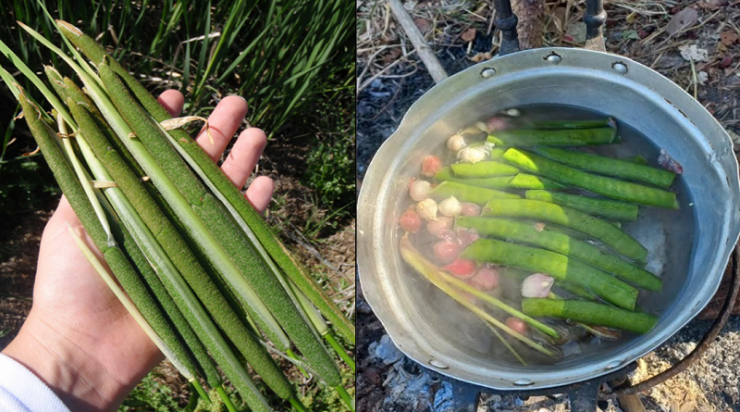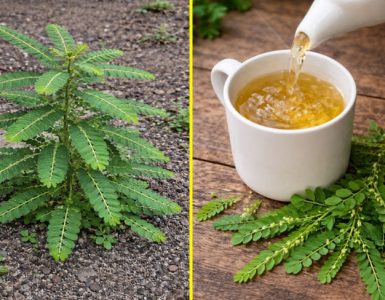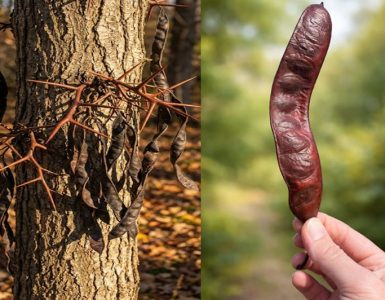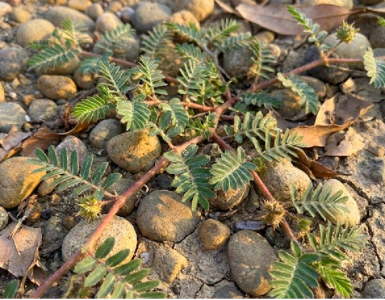Cattails (Typha) are often mistaken for an ordinary wetland weed, but they are actually one of nature’s most valuable plants. Found in marshes, ponds, and along riverbanks, cattails have been used for centuries as a food source, natural medicine, and even for survival purposes. Here’s why cattails deserve more recogniti.
1. Edible and Highly Nutritious
Cattails provide a surprising number of edible parts, making them a wild superfood:
- Roots (Rhizomes): Can be boiled, roasted, or ground into flour for baking.
- Shoots (Young Stems): Tasty when eaten raw or cooked, similar to asparagus.
- Flower Heads: When immature, they resemble corn on the cob and can be steamed or roasted.
- Pollen: A high-protein flour substitute, great for baking and thickening soups.
2. Medicinal Uses
Cattails have been used in traditional medicine for their healing properties:
- Anti-inflammatory: Poultices made from the roots help treat wounds and burns.
- Digestive Aid: Tea made from cattail roots soothes stomach issues.
- Pain Relief: The gel found in the leaves has cooling and soothing effects, similar to aloe vera.
3. Survival Uses
Cattails are often called the “survival supermarket” because of their many practical applications:
- Fire Starter: The fluffy seed heads make excellent tinder.
- Insulation: Used for bedding or to keep warm in cold weather.
- Water Purification: Roots can help filter toxins in water sources.
- Cordage & Weaving: Leaves can be woven into mats, baskets, or ropes.
4. Ecological Importance
- Filters Water Pollution: Cattails absorb toxins and heavy metals, cleaning wetland ecosystems.
- Provides Habitat: Many birds, fish, and insects rely on cattails for shelter and nesting.
- Prevents Soil Erosion: Their dense root system stabilizes shorelines and prevents erosion.
5. Precautions When Harvesting
- Avoid collecting cattails from polluted or chemically treated water sources.
- Ensure you correctly identify cattails, as some lookalike plants may be toxic.
- Harvest responsibly, taking only what you need to preserve wetland ecosystems.
Cattails are more than just a common marsh plant—they are a highly nutritious, medicinal, and survival-friendly resource. Whether used for food, medicine, or ecological purposes, this “weed” is truly a treasure of nature.






Add comment